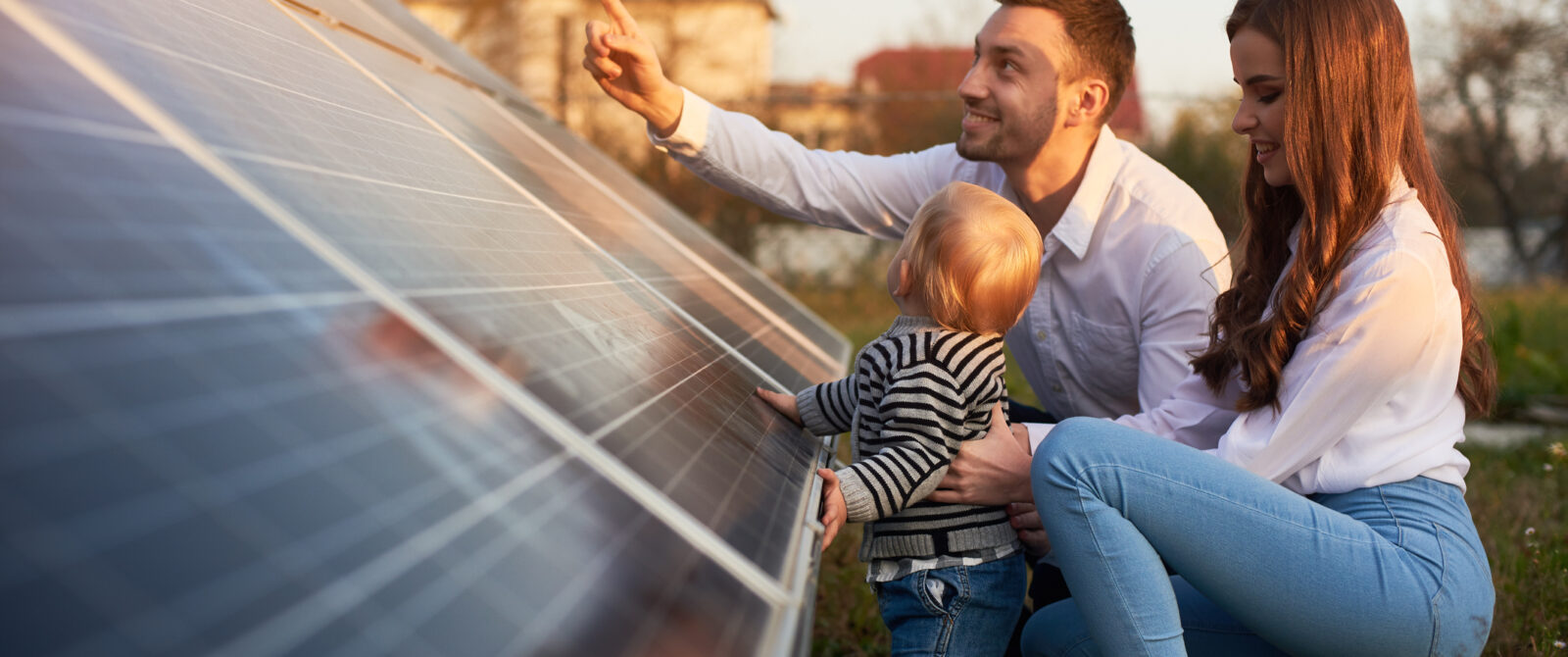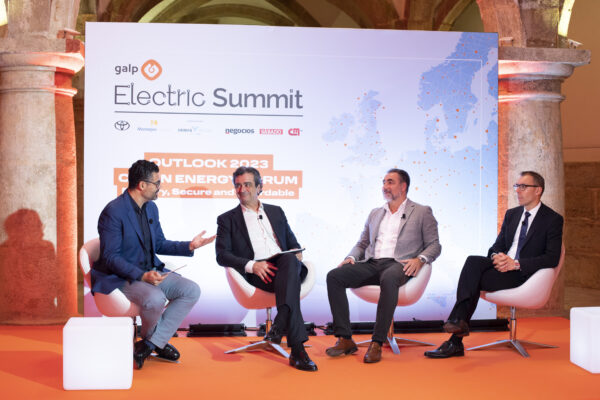The challenges and opportunities of self-consumption
Self-consumption has been at the top of the energy transition agenda, with the European Union stipulating that consumers with small-scale installations of up to a maximum of 30 kW will be exempt from paying any tariffs or charges.
Efforts to mitigate climate change are being jeopardised by a broad series of challenges. In the electricity sector, for example, cutting carbon dioxide emissions is dependent upon the electricity grids’ capacity to handle increasing amounts of intermittent energy. Experts say this needs to be achieved while maintaining a high degree of reliability, improving overall resilience and reducing social costs. These factors, together with calls to democratise and decentralise the electrical system, mean that microgrids have become extremely important for energy transition.
Indeed, an international article cited in the scientific journal Energies, points out that in recent years microgrids have been increasingly implemented in urban areas, in contrast to their historical use in remote locations to meet the needs of small populations. Touted as a way of cutting emissions, empowering communities and decentralising the electricity grid, microgrids are a “tool” of the energy community which, experts say, offer a range of advantages.
A defining feature of any microgrid is the ability to produce its own energy. With photovoltaic (PV) panels or other forms of distributed electricity generation, a microgrid is intended to work autonomously, up to a point, with little or no reliance on the external grid. The same article in “Energies” explains that one critical parameter for assessing microgrids is their self-consumption rate, defined as “the share of produced energy that is consumed inside a given microgrid”.
From concept to practice
But what exactly is self-consumption? According to Poupa Energia, an electricity and natural gas price comparison platform managed by ADENE – Agency for Energy, production under a system of self-consumption “consists of production activity aimed at fulfilling the producer’s own electricity supply needs without prejudice to the excess energy produced being injected into the Public Service Electricity Grid (RESP)”.
In fact, the platform states that self-consumption can lead to a reduction in electricity bills of up to 80%, depending on the type of solution adopted or location of the home or company, among other factors which must be taken into account before any installation. “Therefore, it is recommended that specialised technicians visit the installation site, for the correct sizing of the system, taking into consideration your real needs.” The Poupa Energia site states that the electricity produced for self-consumption is predominantly intended for consumption in the installation associated with the production unit, with the possibility of connecting up to the RESP, so that electricity not consumed can be sold at market price. “In this type of energy production, the producer benefits when the production unit is sized taking into account the actual consumption needs of the installation.”
Thus, in addition to being one of the cornerstones of energy transition towards a zero carbon economy, self-consumption is also key in reducing energy bills for individuals and companies, and consequently in the competitiveness of the national economy.
New types of self-consumption
Self-consumption has been one of the most talked-about subjects on the energy transition agenda. The European renewable energy directive establishes a clear and stable legal framework for domestic self-consumption: consumers with small-scale installations of up to a maximum of 30 kW will be exempt from paying any tariffs or charges, although it will permit Member States to charge tariffs if the self-consumption rate rises excessively. “Member-States must not, in principle, impose charges on electricity individually produced and consumed at the same installations by self-consumers of renewable energy. Nevertheless, in order to prevent this incentive affecting the financial stability of renewable energy support schemes, the incentive may be limited to small-scale installations, with an electrical capacity equal to or less than 30 kW”.
The new directive also brought new types of self-consumption to the market, namely collective self-consumption and renewable energy communities. According to ERSE, the collective self-consumption model is based on the association of consumers and nearby production units to share energy.
Renewable energy communities, however, do not require consumers to be in geographical proximity to one another. For example, companies in a certain sector, regardless of their location, can build a renewable energy community, making investments in those energies which will then be used throughout the sector.
The new legal framework is thus enabling citizens and apartment complexes, companies, industry and other public and private bodies alike to produce, consume, share, store, form communities and sell their surplus energy produced using renewable energy sources. This will mean everyone can play an active role in reducing their production costs, by contributing towards a heavily decarbonised, decentralised and digitalised electrical system.











